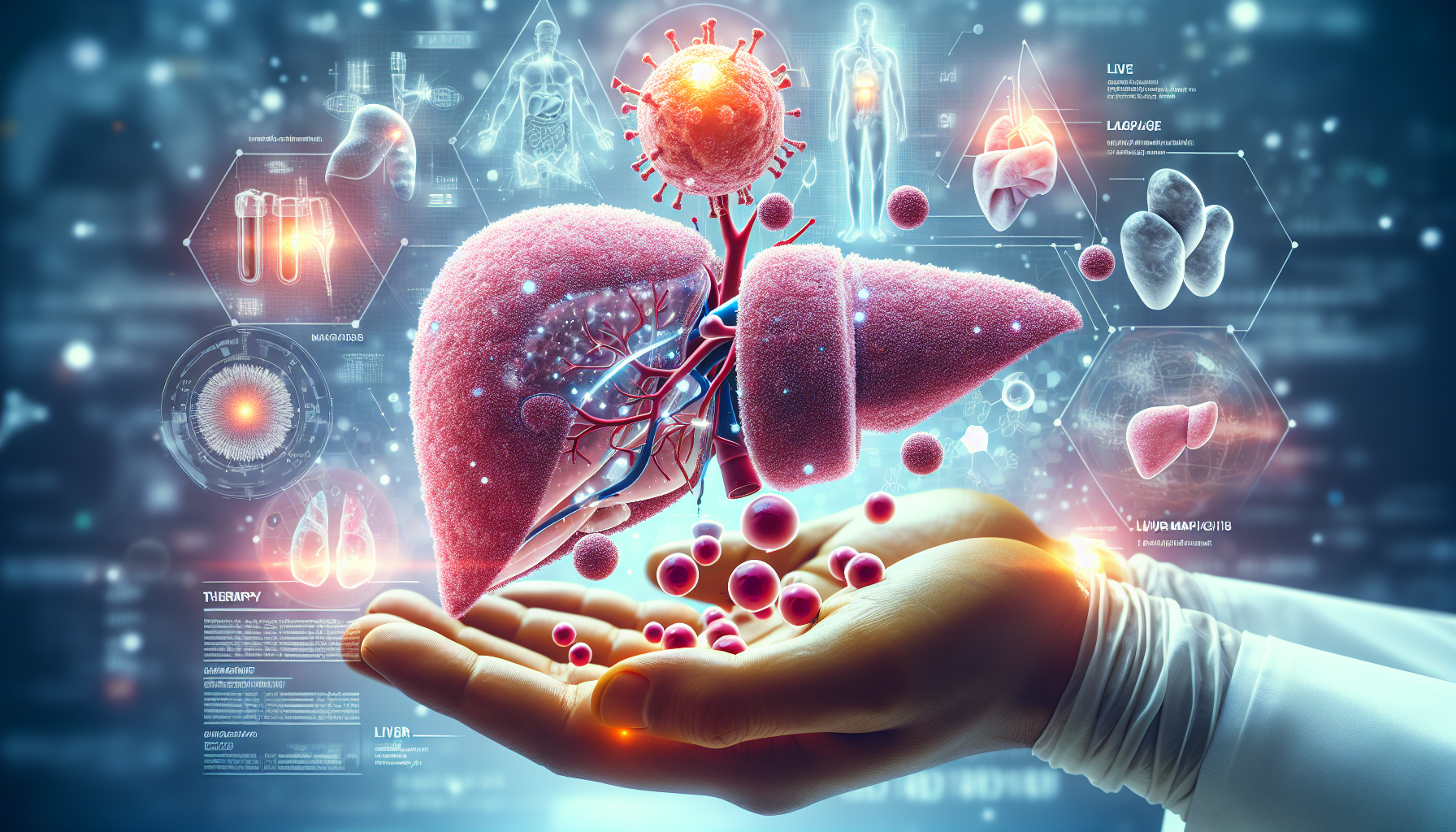Exploring the Link Between Bone Density and Liver Health: New Insights
Key Takeaways
- Higher Bone Mineral Density (BMD), especially in key skeletal areas, is correlated with a lower risk of developing liver cirrhosis.
- A Hong Kong study tracking over 7,500 adults for nearly two decades found a significant inverse relationship between BMD scores and cirrhosis risk.
- Maintaining a healthy lifestyle, including regular physical activity and a balanced diet, can support both bone and liver health, suggesting early BMD screening could be crucial for those at risk of cirrhosis.
Did You Know?
Introduction to Bone Mineral Density and Liver Cirrhosis
Bone Mineral Density (BMD) is a critical indicator of bone health, typically measured through DXA scans. Recent research highlights a significant correlation between BMD scores and the risk of developing liver cirrhosis. This connection suggests that the higher the BMD, particularly at key skeletal points like the femoral neck, total hip, and trochanter, the lower the likelihood of cirrhosis.
A comprehensive study conducted in Hong Kong tracked thousands of adults over nearly two decades, revealing that those with higher BMD scores were less prone to cirrhosis. This finding introduces a potential preventative measure for cirrhosis through the management of bone health.
Understanding the Study's Findings
The Hong Kong Osteoporosis Study meticulously followed over 7,500 participants, noting that a mere 42 developed cirrhosis during the follow-up period. The study found that for every one-point increase in the BMD T-score, there was a corresponding decrease in the risk of developing cirrhosis. These results were consistent across various critical bone sites, including the femoral neck, total hip, and trochanter.
Such findings underscore the importance of maintaining robust bone health not only for mobility and physical stability but also as a preventive strategy against severe liver conditions like cirrhosis.
Preventive Measures and Lifestyle Recommendations
Ching-Lung Cheung, a leading researcher in the study, emphasizes the dual benefits of maintaining a healthy lifestyle. Regular physical activity, a balanced diet, and avoiding harmful habits like excessive alcohol consumption can significantly bolster both bone and liver health. Furthermore, early screening for bone health could become a crucial step for individuals at risk of cirrhosis, pending further research.
This proactive approach to health monitoring and lifestyle adjustment could potentially mitigate the risks associated with low BMD and its impact on liver health.
Broader Implications and Future Research
The study not only sheds light on the relationship between bone and liver health but also opens up new avenues for research. The potential bidirectional relationship between bone metabolism and liver function suggests that osteoporosis could both contribute to and result from liver health deterioration.
Future studies, particularly those in more diverse populations, are necessary to validate these findings and fully understand the dynamics of the liver-bone axis. This could lead to more targeted interventions and screening protocols that consider both bone density and liver health.
Conclusion
The link between bone mineral density and liver cirrhosis offers a promising new perspective on preventive health strategies. By focusing on bone health, individuals may not only improve their skeletal strength but also significantly reduce their risk of severe liver diseases like cirrhosis. As research continues to evolve, the integration of bone health assessments in routine medical screenings might become a standard practice, offering a dual benefit for public health.




